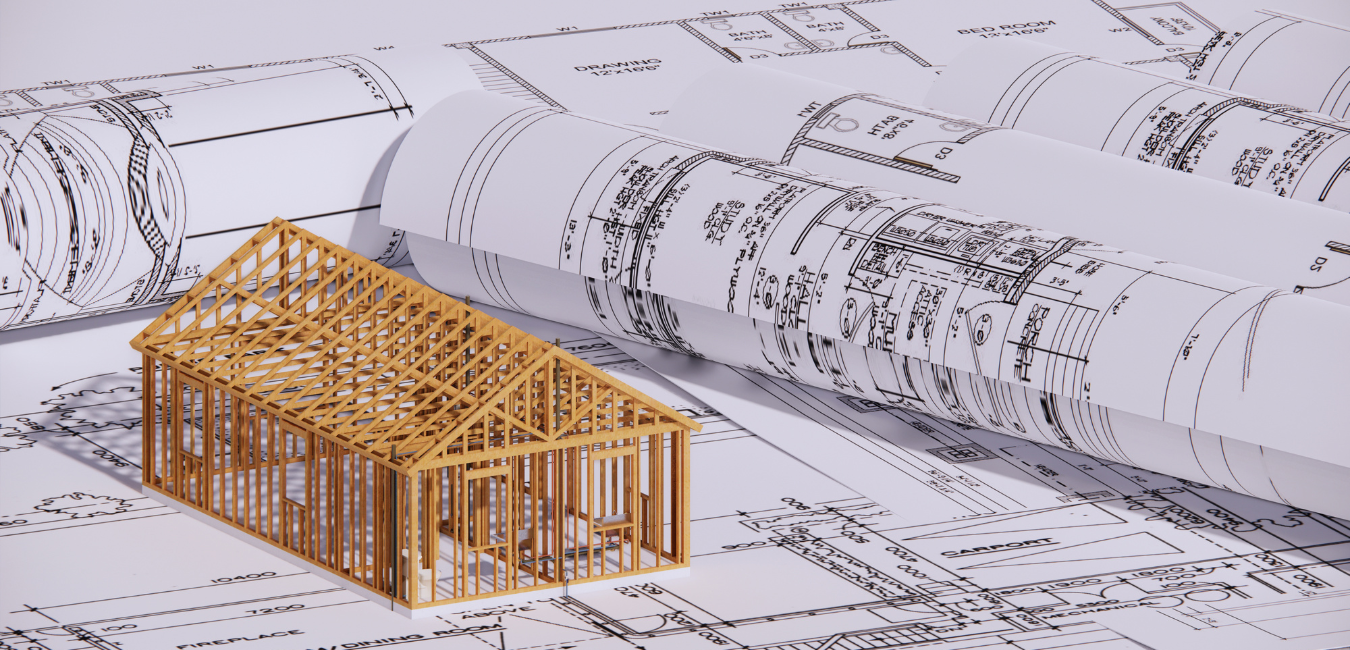Comprehending the Collaborative Process In Between Engineers and Designers in Modern Construction Projects
The collaborative process in between designers and designers is necessary in contemporary building projects, as it balances layout intent with engineering feasibility. Discovering these characteristics discloses insights that might significantly influence project outcomes and overall market standards.
The Value of Partnership
The collaborative synergy between engineers and designers is essential for the successful understanding of any building project. This partnership brings with each other unique knowledge and viewpoints, making it possible for the combination of cutting-edge design with useful design solutions. By collaborating, engineers and engineers can make certain that a project not only fulfills aesthetic and functional needs but additionally follows security, sustainability, and budgetary constraints.
Partnership promotes a common vision, facilitating the placement of goals and expectations from the outset. This positioning is vital in resolving prospective challenges and mitigating dangers that might occur throughout the project lifecycle. A joint technique allows for the efficient allocation of sources, maximizing both time and cost.
The relevance of collaboration reaches the repetitive procedure of style and construction, where responses from designers can educate architectural choices, leading to more viable and sustainable designs. Alternatively, architects can motivate engineers to assume creatively concerning exactly how to accomplish structural stability without jeopardizing creative intent. Inevitably, the joint relationship in between engineers and engineers is not just valuable; it is fundamental to the creation of top quality, functional, and innovative developed settings that satisfy the needs of culture.
Communication Strategies and Tools
Reliable interaction methods and tools are crucial for cultivating collaboration in between architects and engineers throughout the project lifecycle. Developing clear channels of interaction is vital to guarantee that all employee are lined up with task goals, timelines, and duties. Regular meetings, both in-person and virtual, provide opportunities for stakeholders to discuss progression, address worries, and make educated decisions.
Making use of task administration software, such as BIM (Structure Info Modeling) platforms, improves partnership by allowing real-time sharing of layout alterations and technical specifications. These tools promote openness, allowing designers and designers to picture changes and analyze their impact on the general project.

Shared Objectives and Job Vision

Establishing common goals entails open dialogue and a thorough understanding of each self-control's contributions. Designers generally concentrate on design intent, spatial connections, and customer experience, while designers emphasize structural honesty, systems capability, and compliance with guidelines (cda architects). When these viewpoints are lined up, the outcome is a natural project that adheres to both imaginative aspirations and technological usefulness
In addition, a well-defined task vision cultivates accountability among staff member, motivating each participant to take ownership of their function in attaining the preferred result. Regular check-ins and joint workshops can further enhance this commitment, enabling modifications to be made as the job progresses. Ultimately, a common vision not just improves synergy however likewise elevates the quality of the last deliverable, causing successful project conclusion.
The Role of Innovation
Leveraging innovation has become vital in boosting partnership between architects and designers. Structure Info Modeling (BIM) stands out as an essential technology, permitting both architects and designers to create detailed 3D models that encapsulate style intent and structural integrity.
Furthermore, cloud-based platforms make it possible for seamless partnership, permitting job stakeholders to access and update job data from anywhere. This fosters a society of openness and responsibility, as modifications can be tracked and examined in real-time. Furthermore, mobile applications further improve communication, giving on-site teams with immediate accessibility to project requirements and updates.
Arising modern technologies such as man-made intelligence and artificial intelligence are also starting to play a role in predictive analysis, helping groups identify potential concerns prior to they emerge. Ultimately, the function of technology in architecture-engineering collaboration not only boosts operations efficiencies however additionally boosts innovation, resulting in more effective click here to read project outcomes. By accepting these technological innovations, architects and engineers can guarantee a much more cohesive investigate this site and efficient joint procedure throughout the building and construction lifecycle.
Study in Successful Collaborations
Countless study illustrate the extensive impact of effective collaborations between engineers and engineers on project results. One noteworthy instance is the cooperation on the High Line in New York City, where landscape architects, engineers, and city planners worked together to change an abandoned rail line right into a dynamic public park. This multidisciplinary approach not only improved the visual high quality but likewise ensured architectural security and environmental sustainability.
An additional exemplary instance is the layout and building of the Sydney Concert Hall. The collaboration between designer JÃ ¸ rn Utzon and structural designer Ove Arup exhibited cutting-edge analytic. Their cooperation enabled for my explanation the famous shell-like design while dealing with complicated design obstacles, eventually leading to a timeless architectural masterpiece.
The Burj Khalifa in Dubai further shows the value of joint efforts. cda architects. The combination of architecture and design knowledge made it possible for the job team to achieve extraordinary heights while sticking to safety and security laws and aesthetic vision
These examples emphasize the importance of interaction, trust, and shared purposes. In today's complicated construction environment, such collaborations are crucial to navigating challenges and supplying jobs that satisfy both functional and visionary objectives.
Final Thought
In conclusion, the partnership between engineers and designers is essential for the success of contemporary building and construction projects. Efficient communication techniques, a common project vision, and the assimilation of innovative modern technologies are crucial components that promote this partnership.